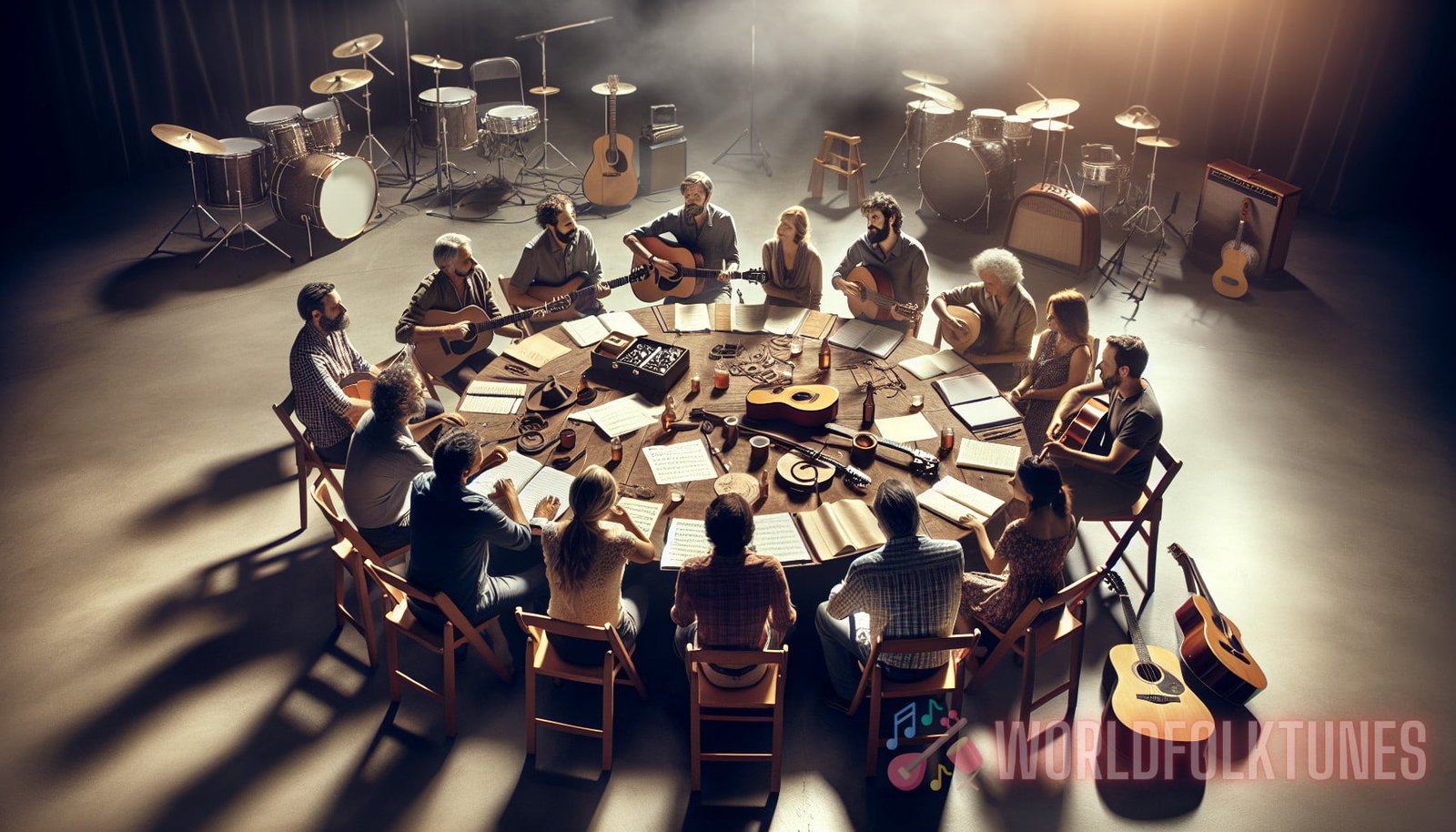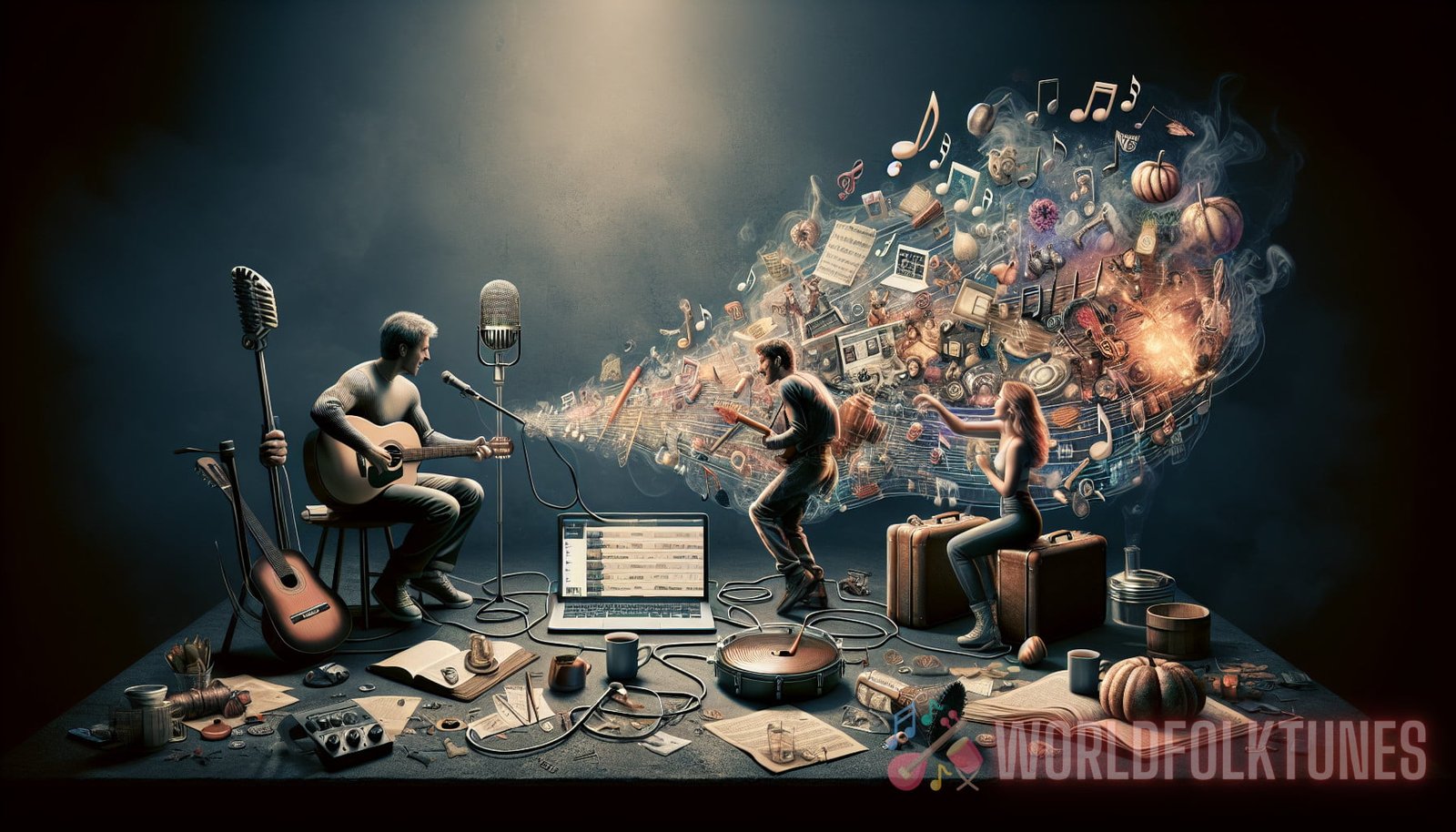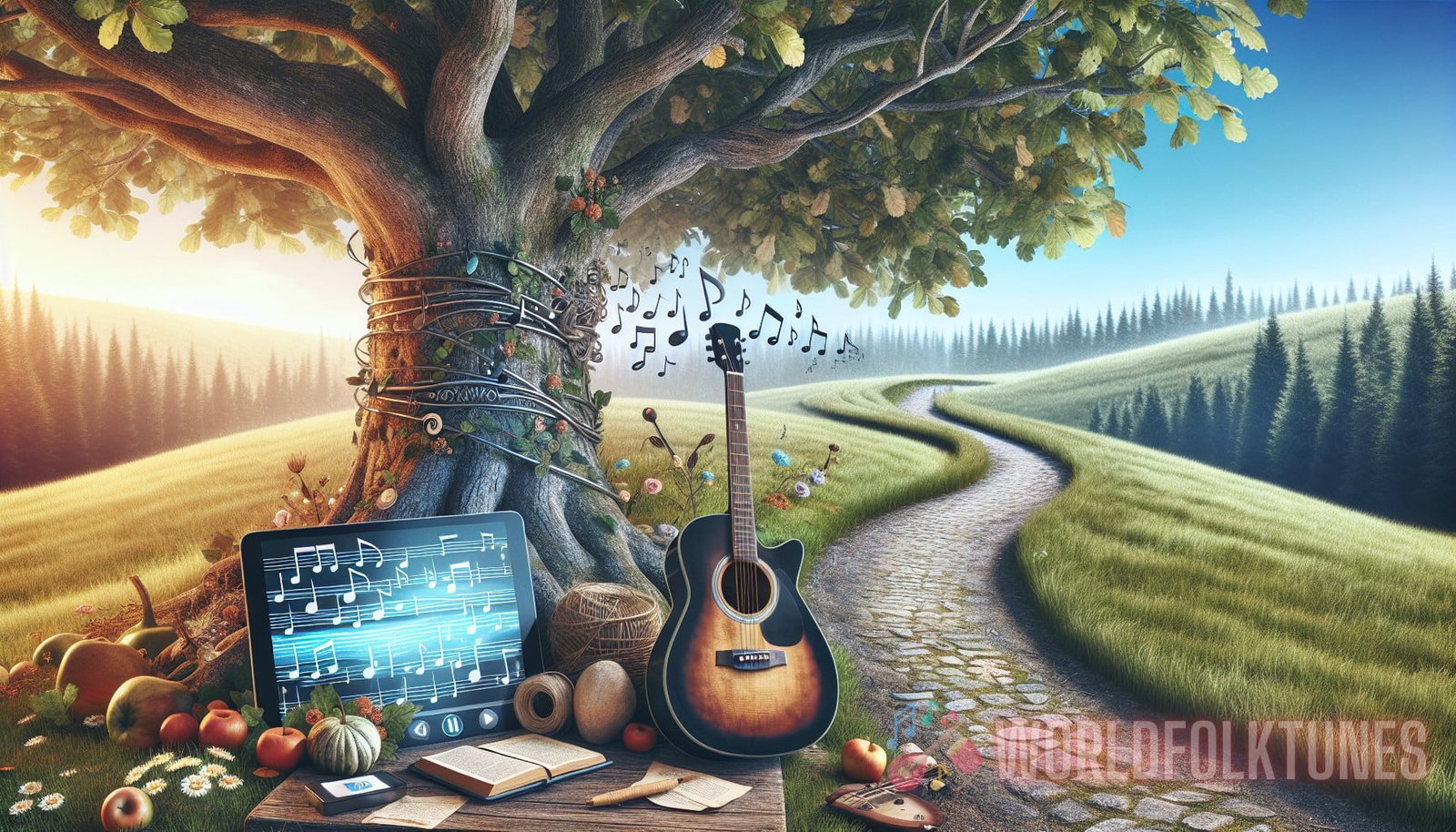Introduction
In the modern era of streaming services and catchy pop tunes, the rich tradition of storytelling through music seems to have taken a backseat. However, there is a growing movement within the contemporary folk music scene that is reviving the art of narrative songwriting. This resurgence, known as the folk revival, is bringing back the melodic taleweavers who captivate audiences with their heartfelt stories and timeless melodies. In this guide, we will delve into the phenomenon of the folk revival, investigating the factors behind its rise and the impact it is having on both artists and listeners.
The Rise of the Folk Revival
The folk revival can trace its roots back to the mid-20th century, when artists like Woody Guthrie and Pete Seeger used music as a means to spread social and political messages. Their songs, which often featured intricate storytelling and reflective lyrics, resonated with audiences seeking a deeper connection to their surroundings. Over time, the folk revival movement gained momentum, with artists like Bob Dylan and Joan Baez carrying the torch and expanding the boundaries of traditional folk music.
In recent years, the folk revival has experienced a significant resurgence, fueled by a combination of societal factors and changes in the music industry. Folk music has always had a way of capturing the essence of the human experience, and in a time of increased political polarization and social unrest, listeners are drawn to music that speaks to their emotions and offers a sense of unity. The folk revival provides an outlet for artists to channel their thoughts and feelings into powerful storytelling, creating a space for both catharsis and connection.
Changing Landscape of the Music Industry
The rise of streaming services and online platforms has revolutionized the way music is consumed. While the mainstream music industry has become increasingly focused on producing chart-topping hits, the digital age has opened up opportunities for independent artists to reach a wider audience. This shift has allowed folk musicians to bypass traditional record labels and connect directly with their listeners, often through social media platforms and online music communities.
Moreover, the accessibility of recording technology has democratized the music-making process, enabling artists to create and produce high-quality recordings from the comfort of their own homes. This has empowered a new generation of folk artists to experiment with different sounds and styles, blending traditional folk elements with contemporary influences. As a result, the folk revival has gained traction, with more and more artists embracing this genre and finding a receptive audience eager for authentic storytelling.
The Impact on Artists
The folk revival has had a profound impact on artists, giving them a platform to express themselves and connect with audiences on a deeper level. The genre’s emphasis on storytelling allows artists to explore a wide range of themes and emotions, from personal introspection to social commentary. Through their music, folk artists are able to share their experiences, perspectives, and values, creating a sense of intimacy and authenticity that resonates with listeners.

Furthermore, the folk revival has fostered a sense of community among artists, who often collaborate and support one another. The sharing of stories, techniques, and resources has become an essential part of the folk music scene, reinforcing the idea that music is a collective endeavor. This spirit of collaboration not only nurtures creativity but also provides a support system for artists navigating the challenges of the music industry.
Exploring New Sounds and Styles
One notable aspect of the folk revival is the expansion of the genre beyond its traditional boundaries. While folk music is often associated with acoustic instruments and stripped-down arrangements, contemporary folk artists are incorporating a wider range of sounds and styles into their music. This experimentation with different musical elements and genres allows artists to create a unique sonic palette, adding complexity and depth to their storytelling.
For example, artists like The Decemberists and Fleet Foxes have incorporated elements of indie rock and baroque pop into their folk-infused sound. This blending of genres not only attracts a new audience but also pushes the boundaries of what folk music can be, keeping the genre fresh and relevant in a rapidly changing musical landscape.
The Impact on Listeners
The folk revival is not just a phenomenon within the music industry; it also has a profound impact on listeners. In a world dominated by superficiality and instant gratification, folk music offers a respite, inviting listeners to slow down and engage with stories that are timeless and meaningful. The art of storytelling through music has a unique power to evoke emotions, provoke thought, and inspire action. The folk revival taps into this power, allowing listeners to connect with their own experiences and find solace and inspiration in the narratives of others.
A Sense of Identity and Belonging
One of the key reasons for the resurgence of folk music is its ability to foster a sense of identity and belonging. As society becomes increasingly fragmented and disconnected, people are yearning for a connection to something greater. Folk music, with its emphasis on community, tradition, and shared experiences, provides a sense of rootedness and belonging. By listening to folk songs, audiences can find solace in the stories of others and form a connection to a shared heritage.
Moreover, folk music often explores themes of identity, be it cultural, regional, or personal. By embracing their own heritage and cultural roots, listeners can gain a deeper understanding of themselves and their place in the world. This sense of identity can be empowering, especially for marginalized communities whose voices and stories have historically been silenced.
The Role of Technology and Digital Platforms

The digital age has played a crucial role in facilitating the folk revival and connecting artists with their audience. Online platforms, such as social media and streaming services, have become valuable tools for independent artists to promote their music, engage with fans, and build a following. These platforms enable artists to reach a global audience, breaking down geographical barriers and widening their impact.
Moreover, the democratization of the music-making process has been made possible by advances in recording technology. Artists can now produce high-quality recordings from their own homes, significantly reducing the cost and logistical challenges associated with traditional studio recording. This allows for greater artistic freedom and flexibility, as artists have the ability to experiment and explore different sounds and styles without the constraints of a label’s budget or requirements.
Connecting Artists and Fans
Perhaps one of the most significant ways technology has impacted the folk revival is by facilitating direct connections between artists and fans. Social media platforms, such as Instagram and Twitter, allow artists to engage with their audience on a personal level, sharing updates, behind-the-scenes glimpses, and insights into their creative process. This level of accessibility helps create a sense of community and reinforces the idea that folk music is for everyone.
Streaming services, on the other hand, provide a central hub for fans to discover and listen to new music. Platforms like Spotify and Apple Music use algorithms and curated playlists to introduce listeners to artists they might not have otherwise encountered. This exposure to a wider range of folk music helps cultivate a diverse and vibrant folk scene, ensuring that the folk revival continues to thrive.
The Future of the Folk Revival
As the folk revival continues to gain momentum, its future looks promising. The combination of societal factors and technological advancements provides a fertile ground for artists to explore and innovate within the genre. Additionally, the growing appetite among listeners for music that offers a deeper connection and meaningful storytelling suggests that the folk revival is here to stay.
Moreover, the folk revival is not just a movement within the music industry; it is a cultural phenomenon that taps into the universal human experience. The power of storytelling through music is timeless, and as long as there are stories to tell and emotions to express, the folk revival will continue to evolve and captivate audiences.
In conclusion, the folk revival is breathing new life into the art of narrative songwriting. The resurgence of storytelling through contemporary folk music offers artists a platform to express their thoughts, emotions, and values, while providing listeners with a deeper connection to the human experience. With its emphasis on authenticity, community, and shared heritage, the folk revival is not only reviving the melodic taleweavers of old but also paving the way for a new generation of artists to carry on the tradition.
Further Reading:

